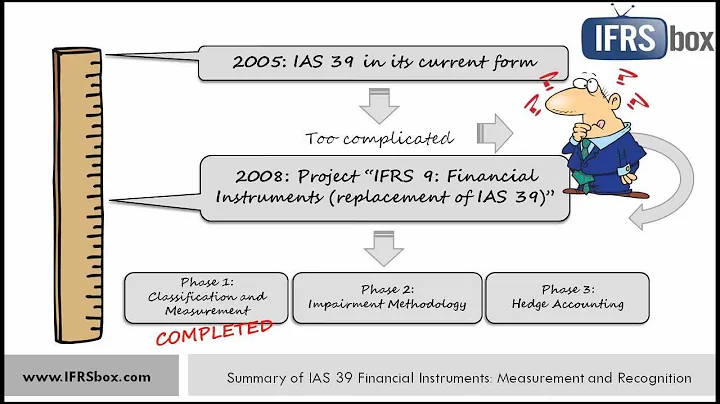What is the difference between isinstance('aaa', basestring) and isinstance('aaa', str)?
Solution 1
In Python versions prior to 3.0 there are two kinds of strings "plain strings" and "unicode strings". Plain strings (str) cannot represent characters outside of the Latin alphabet (ignoring details of code pages for simplicity). Unicode strings (unicode) can represent characters from any alphabet including some fictional ones like Klingon.
So why have two kinds of strings, would it not be better to just have Unicode since that would cover all the cases? Well it is better to have only Unicode but Python was created before Unicode was the preferred method for representing strings. It takes time to transition the string type in a language with many users, in Python 3.0 it is finally the case that all strings are Unicode.
The inheritance hierarchy of Python strings pre-3.0 is:
object
|
|
basestring
/ \
/ \
str unicode
'basestring' introduced in Python 2.3 can be thought of as a step in the direction of string unification as it can be used to check whether an object is an instance of str or unicode
>>> string1 = "I am a plain string"
>>> string2 = u"I am a unicode string"
>>> isinstance(string1, str)
True
>>> isinstance(string2, str)
False
>>> isinstance(string1, unicode)
False
>>> isinstance(string2, unicode)
True
>>> isinstance(string1, basestring)
True
>>> isinstance(string2, basestring)
True
Solution 2
All strings are basestrings, but unicode strings are not of type str. Try this instead:
>>> a=u'aaaa'
>>> print isinstance(a, basestring)
True
>>> print isinstance(a, str)
False
Solution 3
Really what you're asking is the difference between the basestring and str class.
Str is a class that inherits from basestr. But unicode strings also exist, as could other ones, if you wanted to make one.
>>> a = u'aaaa'
>>> isinstance(a, str)
False
>>> isinstance(a, basestring)
True
Solution 4
Basestring is the superclass of string. In your example, a is of type "str" thus, it is both a basestring, and a str
Related videos on Youtube
zjm1126
Updated on June 28, 2020Comments
-
zjm1126 about 4 years
a='aaaa' print isinstance(a, basestring)#true print isinstance(a, str)#true -
MestreLion almost 12 yearsDid this change in Python 3? Are the new
strandbytestill children ofbasestring? Would be worth adding a note about this. -
Søren Løvborg over 10 years@MestreLion: It changed; Py3 has no
basestringandstrandbytesboth subclassobjectdirectly. But note that this makes sense, since Py2stris not the same as Py3bytes.basestringshould be thought of as "character string", of which Py3 only has thestr. Hence the2to3tool replacesbasestringwithstr. -
 Premkumar chalmeti about 3 yearsIn python3 the
Premkumar chalmeti about 3 yearsIn python3 theisinstance(string2, str)will beTrueall strings are stored as unicoded








